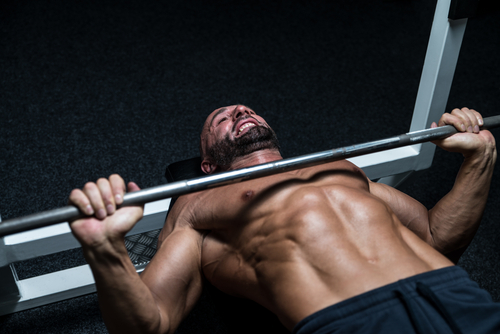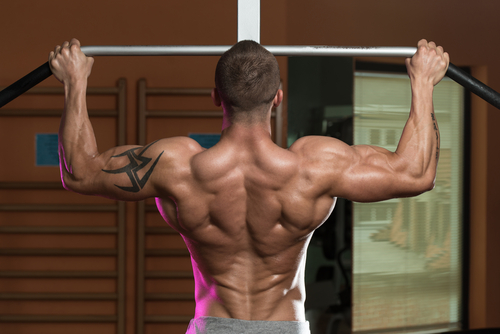[fusion_builder_container hundred_percent=”no” equal_height_columns=”no” menu_anchor=”” hide_on_mobile=”small-visibility,medium-visibility,large-visibility” class=”” id=”” background_color=”” background_image=”” background_position=”center center” background_repeat=”no-repeat” fade=”no” background_parallax=”none” parallax_speed=”0.3″ video_mp4=”” video_webm=”” video_ogv=”” video_url=”” video_aspect_ratio=”16:9″ video_loop=”yes” video_mute=”yes” overlay_color=”” video_preview_image=”” border_size=”” border_color=”” border_style=”solid” padding_top=”” padding_bottom=”” padding_left=”” padding_right=””][fusion_builder_row][fusion_builder_column type=”1_1″ layout=”1_1″ background_position=”left top” background_color=”” border_size=”” border_color=”” border_style=”solid” border_position=”all” spacing=”yes” background_image=”” background_repeat=”no-repeat” padding=”” margin_top=”0px” margin_bottom=”0px” class=”” id=”” animation_type=”” animation_speed=”0.3″ animation_direction=”left” hide_on_mobile=”small-visibility,medium-visibility,large-visibility” center_content=”no” last=”no” min_height=”” hover_type=”none” link=””][fusion_text]
Don’t miss Part 1 here
Pulling it All Together and Where to Start
If you’ve been training for strength pounding away in the 3-5 rep range at 85% of 1 Rep Max and up, or if you’ve just finished a peaking phase, you need to train for hypertrophy. You need to spend some time in the lower intensity zones (55-70%) and higher rep ranges of 6-10 (1).
The process of muscle growth is best stimulated with high volume rather than heavy weights.
Training at too high an intensity (80% of 1 RM) non-stop is so fatiguing on the body that the adequate volume for muscle growth cannot realistically be achieved (1, 2). This holds true during a meet prep phase especially. There is likely to be muscle “loss” in the areas are not highly prioritized when performing the squat, bench, or deadlift.
 During a meet prep you are teaching the body to become highly specialized at performing a single rep at the cost of losing various other qualities. Yes, you may use your rear deltoids or example during a bench press, but without some direct stimulus they may atrophy slightly.
During a meet prep you are teaching the body to become highly specialized at performing a single rep at the cost of losing various other qualities. Yes, you may use your rear deltoids or example during a bench press, but without some direct stimulus they may atrophy slightly.
So, right after a meet is the best time to start a hypertrophy training phase for a strength athlete, and vice versa for a bodybuilder.
If you’ve noticed that your progress has slowed or even stalled, it may be time to pick up something heavy for a few weeks (at least 3).
How I’m Using “Phase Potentiation” (1) and Hypertrophy for my Personal Program
After coming back from Boss of Bosses 2, I immediately reviewed my training log to evaluate and see where I needed to improve.
I normally pick two areas and prioritize them, but this time I chose 3:
- Increase my work capacity
- Improve my weaknesses
- Increase my muscle mass.
Increasing My Work Capacity
I have to get in shape. The meet was long and I am a seasoned competitor – I was not prepared for it like I should have been. From the time I attempted my first squat during the meet, to the time I attempted my first deadlift, 7 hours had passed. I have been in long meets before so I have no excuse… I need to be prepared.
After reviewing my training log, my squat and deadlift preparation was the best it has ever been; I was conservative with my percentages, and I hit every number I planned on hitting during my prep – I even made a couple of small jumps in my numbers towards the end of the meet prep because everything felt light and looked good on film. My bench was an entirely different story. I was going too heavy too early and things started to fall apart towards the end causing me to really have to cut back on training the bench press like I wanted too.
You can’t just keep going up all the time you have to bring it down and let your body recover.
 If I’m going to continue to improve and increase my work capacity, I’m going to have to really turn up the volume and decrease the intensity (60-75%). I’m really going to build a good solid base for those strength training phases.
If I’m going to continue to improve and increase my work capacity, I’m going to have to really turn up the volume and decrease the intensity (60-75%). I’m really going to build a good solid base for those strength training phases.
- I will train my bench 3 times a week, but will not be using my competition grip in this training cycle; I will use close-grip bench, wide-grip bench, dumbbell presses, overhead pressing work, and a ton of triceps work. I’m actually going to play around with a cue that Ben sometimes uses for barbell movements when trying to emphasize the triceps, one that really intrigues me… many of you who have bought Ben’s programs will be familiar with this ‘trick – when coming up in the bench, he suggests pulling the bar apart to get the extension in the triceps. In powerlifting circles they say to flare your elbows at the top, which I felt was wrong. When I say I ‘felt’ I mean I ‘felt’ it tear my left pec minor a couple of years ago! When I listened to Ben coach the rep, what he was saying made since – I think many strength athletes are tearing their pec major or minor by flaring the elbows while protracting the shoulders when trying to lockout the triceps. More on this later. I will keep you well informed.
 I train my back every workout, 1-2 exercises every time. It may be a Dumbbell row, or just a cable face pull, but I do something for my back every workout.
I train my back every workout, 1-2 exercises every time. It may be a Dumbbell row, or just a cable face pull, but I do something for my back every workout.- I’m going to have one day designated for the squat, and one day for the bench press performed in the low intensity zone (60-65%), done with brief rest periods. This is tough to do – the weight may be light, but the short rest periods really humble you.
Improve My Weaknesses (do what I’m not good at)
I’m going to use variations of compound movements to bring up my weaknesses.
- Doing high bar squats, sumo deadlifts, close-grip benches, and wide-grip benches, will help me build up that well rounded strength that I need.
Increase Muscle Mass
All of my work during this training phase will be done in the 6-10 rep range at 55-75% intensity. With this type of volume and the frequency turned up, I’ll need to make sure I’m provided with enough calories to support this type of training. Now is not the time to get fat! There is never an excuse for my body fat to travel so high that I’m no longer hormonally efficient.
For now, this will give you some very important concepts that go into my off season training cycle, and how and why strength athletes should be using hypertrophy in their programs.
In following articles I will go into further detail with my current program and what it looks like, but it is important that you understand some of the concepts first. I will also go more in-depth into the 7 principals as they apply to my program, and how you can use them in your own program.
Until next time
MI40 Strength Coach Adam Miller
Coach/Athlete – MI40 Nation
Resources:
(1) Israetel M, Hoffman J, Smith CW. Scientific Principles of Strength Training: with Application to Powerlifting.
(2) Siff MC. Verkhoshansky YV. Supertraining. 6th ed Verkhoshansky.com
[/fusion_text][/fusion_builder_column][/fusion_builder_row][/fusion_builder_container]